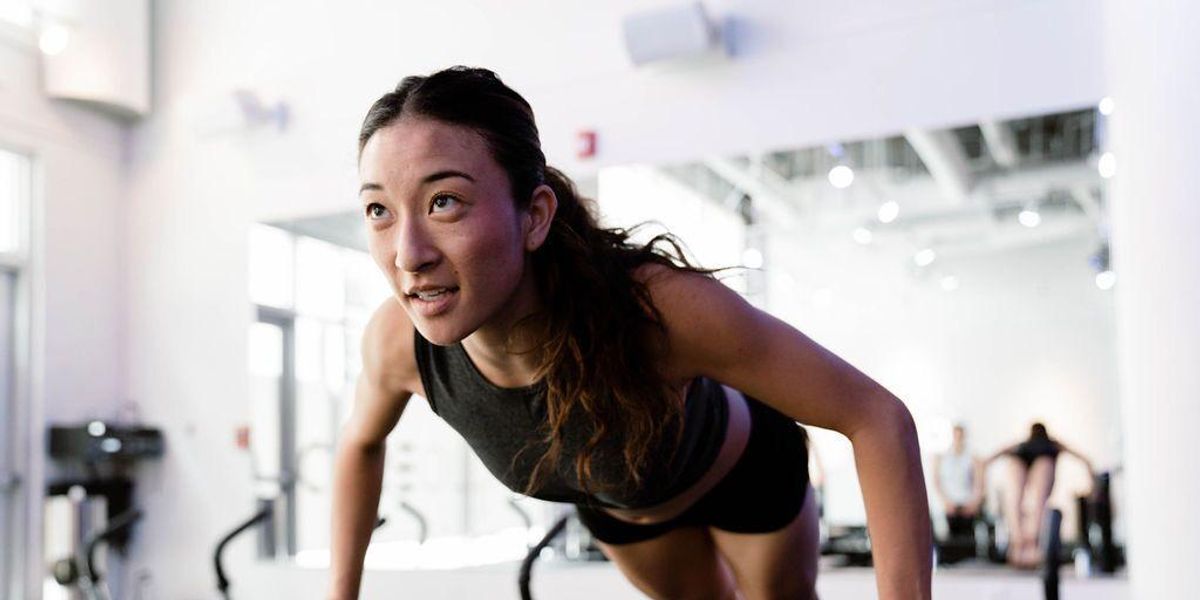5 Rules for Staying Healthy While Juggling Dance and Fitness Gigs
When Los Angeles–based dancer Amanda Tran leaves her second job as a Pilates instructor, she often feels depleted. “Giving so much emotion, physicality, happiness and energy towards clients gets super-exhausting,” she says. Tran’s days—a mix of dancing in freelance projects and teaching Pilates classes—can be so draining that she turns her evening commute into a makeshift meditation to recover.
Like Tran, many dancers are expanding their careers into the fitness realm to support themselves financially, especially in the COVID-19 era. The high level of physical and mental energy necessitated by both careers can leave dancers at risk for injuries and exhaustion. But with the right approach, a fitness job can complement a dance career in a sustainable way.
Get Plenty of Rest
In order to perform at your best, you need to start with a solid foundation. “Dancers often don’t give their bodies enough time to rest,” says Los Angeles–based physical therapist Mavis Rode. When your muscles can’t recover and repair, you risk overuse injuries.
Rode stresses the importance of not only a good night’s sleep, but also resting between classes you teach and between repetitive motions. She also recommends giving yourself a planned day off once per week, preferably from both dance and teaching.
Warm Up Dynamically
Don’t skip a proper warm-up just because you’re teaching class instead of taking it. Dr. Marijeanne Liederbach, a director at NYU Langone’s Harkness Center for Dance Injuries, suggests doing a dynamic warm-up: Start movement on the ground in a non–weight-bearing stance, then gradually incorporate the pelvis and limbs before rising to standing.
Tailor your warm-up to the type of class you’ll be teaching, selecting complementary exercises, says Dr. Margaret Wilson, chair of dance at the University of Wyoming. “If it is more of an aerobic class, perhaps do some strengthening and joint mobilization,” she says.
If you’re teaching multiple classes in one day, or already had a rehearsal, Wilson recommends moderation. “Your preparation shouldn’t exhaust you or deplete your energy,” she says. Just focus on specific things that you know need to be warm again, like the feet or shoulders.
Cool Down
Don’t just run to your next class or rehearsal. “Cooldown is not only a time to shift the body away from the exercise state and prepare it for another activity, it is also a key time for consolidation of concepts,” says Wilson.
Rode suggests stretching any major muscle groups that you worked intensely. “Do some deep breathing, relax and let your heart rate come down,” she says.
Be Mindful When Demonstrating
As dancers, we naturally tune in to our bodies during class. As teachers, however, the focus is on the students, so staying in touch with your own body takes extra focus. “The best protection is to just pay attention to how tired you’re feeling,” Rode says. “Anytime during a class, it is okay to take a break.” She notes that if you’re injured or feel at risk, it’s okay to teach an entire class with minimal demonstration.
“Trained instructors have a tremendous wealth of imagistic-based cues,” Liederbach adds. She suggests relying on verbal cuing as an alternative to physical demonstration. Other suggestions include light touch and tactile cues—when appropriate—and asking students to demonstrate exercises.
Teachers should also remember to not always demonstrate on the right. To switch it up, Tran sometimes mirrors clients so she can use her left leg, even when she is cuing clients on the right.
Nurture Mental and Emotional Health
Teaching fitness can be as mentally taxing as it is physically draining. “Trying to attend to what’s happening with a large group of people is demanding,” Wilson says. “Sometimes we don’t honor that and we fatigue. That’s, unfortunately, when we’re more likely to become injured.”
Rode adds that, ultimately, dancers navigating careers in both performance and fitness should seek balance in their lives and jobs. That can be found through rest, self-care, proper nutrition and nurturing interests outside of the dance or fitness studio.
“Listen to your body, take a break, and just remember that each class and each rehearsal can’t be perfect,” Tran says. “And don’t be hard on yourself because of that.”





